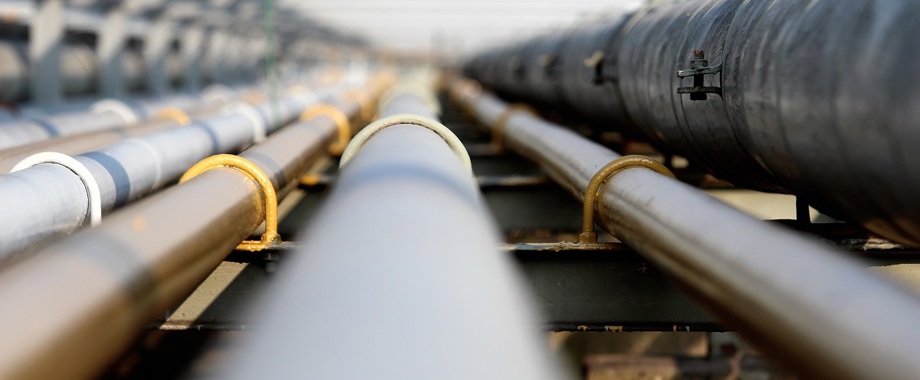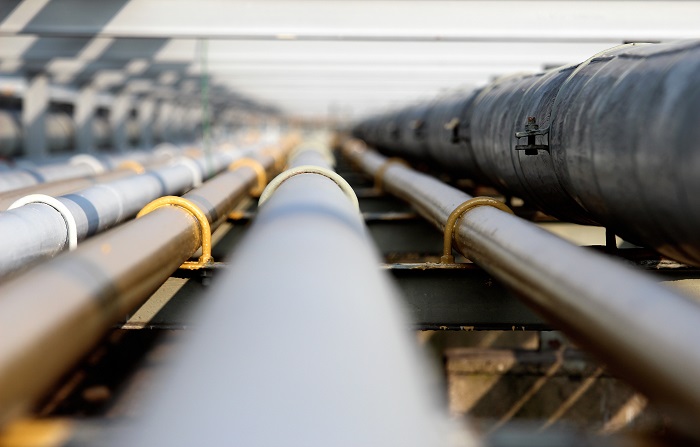
Cheniere Applies to Begin Service on Midship Pipeline
Cheniere has applied to the U.S. FERC to begin service on its Midship natural gas pipeline.
(Reuters) — Cheniere Energy Inc has completed the Midship natural gas pipeline in Oklahoma at a cost of around $1 billion and is seeking federal regulators' permission to put it into service, according to a filing made available on Wednesday.
Cheniere has asked the U.S. Federal Energy Regulatory Commission (FERC) for permission to put the project into service "at the earliest time possible, but no later than April 17, 2020, in order to meet the needs of its shippers," the filing says.
Cheniere, the nation's biggest liquefied natural gas (LNG) exporter and biggest consumer of gas, started work on the project around February 2019. Midship includes nearly 200 miles (322 kilometers) of 36-inch (91-centimeter) pipe.
The pipe is designed to deliver about 1.44 billion cubic feet per day (bcfd) of gas from the Anadarko basin to existing pipelines near Bennington, Oklahoma, for transport to U.S. Gulf Coast and Southeast markets, where demand for the fuel for domestic consumption and LNG export is growing.
Total U.S. LNG export capacity is expected to rise to 10.0 bcfd by the end of 2020 and 10.7 bcfd by the end of 2021 from the current 8.5 bcfd.
That keeps the United States on track to become the world's biggest LNG exporter in the mid 2020s, up from the third biggest now behind Australia and Qatar.
Most U.S. LNG export terminals, including Cheniere's Sabine Pass in Louisiana and Corpus Christi in Texas, are located or being built along the Gulf of Mexico.
In 2018, at least two U.S. production companies, Gulfport Energy Corp and Marathon Oil Corp, asked FERC to approve Cheniere's request to build Midship because the region's gas infrastructure could not accommodate anticipated demand from the South-Central Oklahoma Oil Province (SCOOP) and the Sooner Trend Anadarko Basin Canadian and Kingfisher (STACK) plays in Oklahoma.

